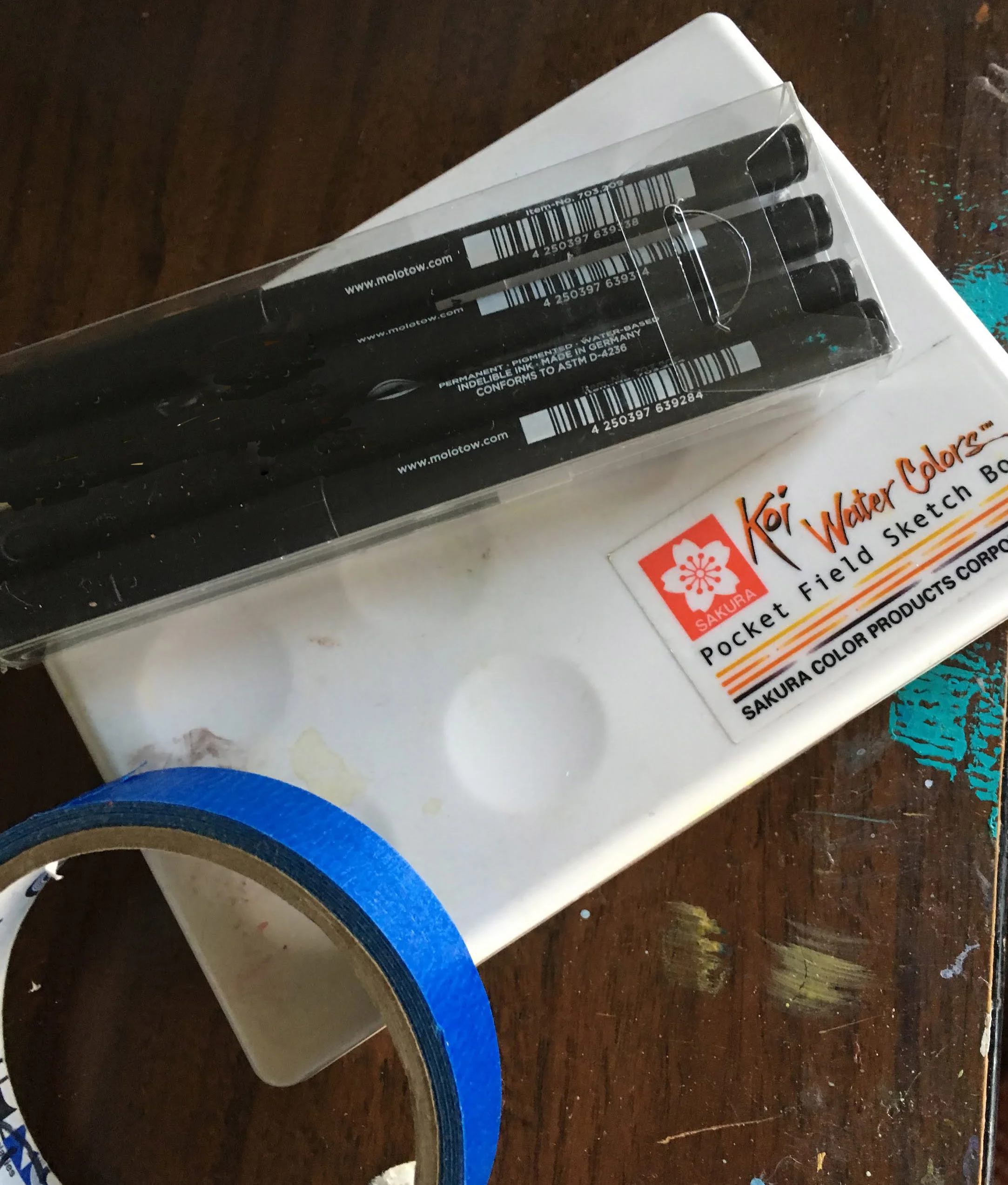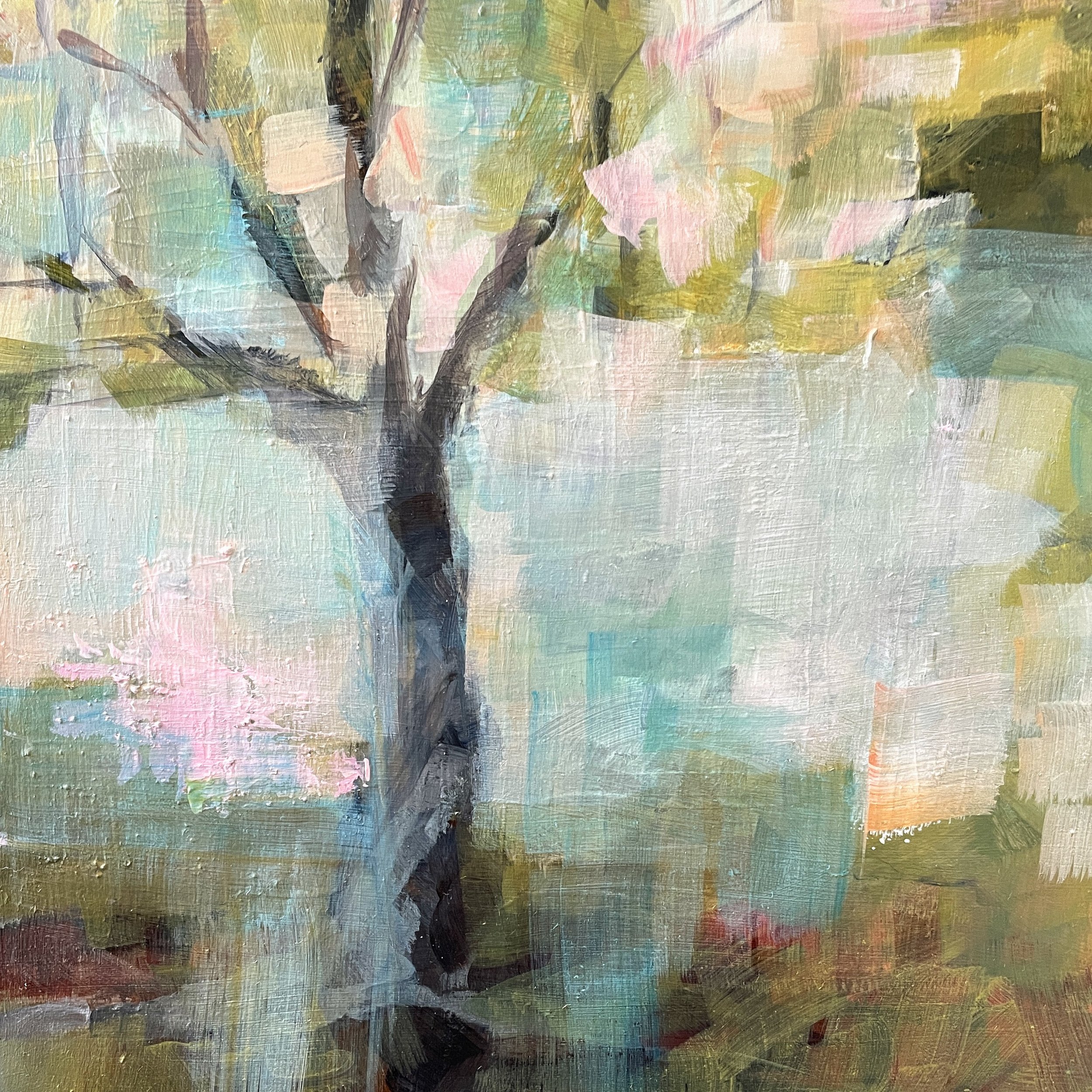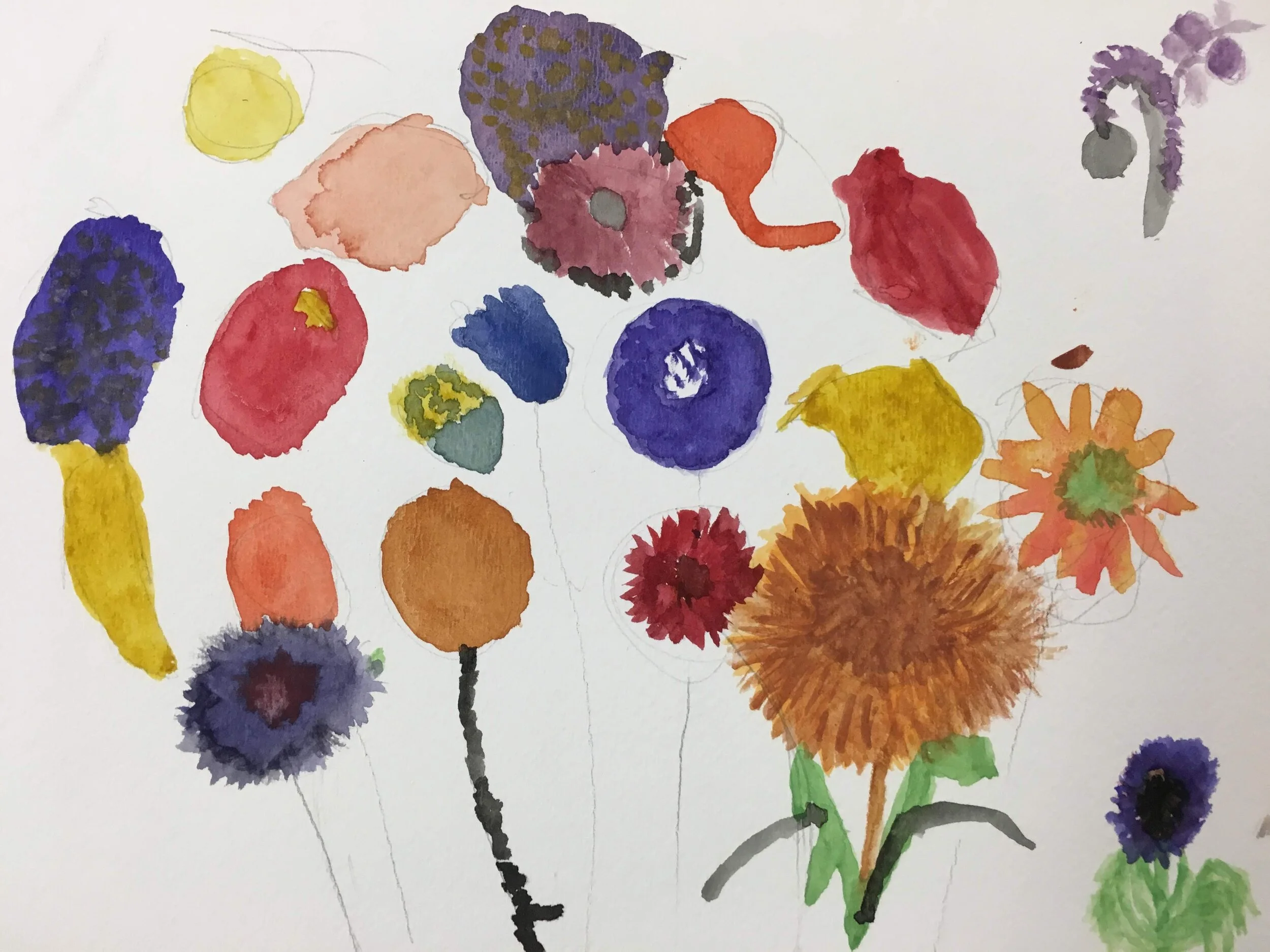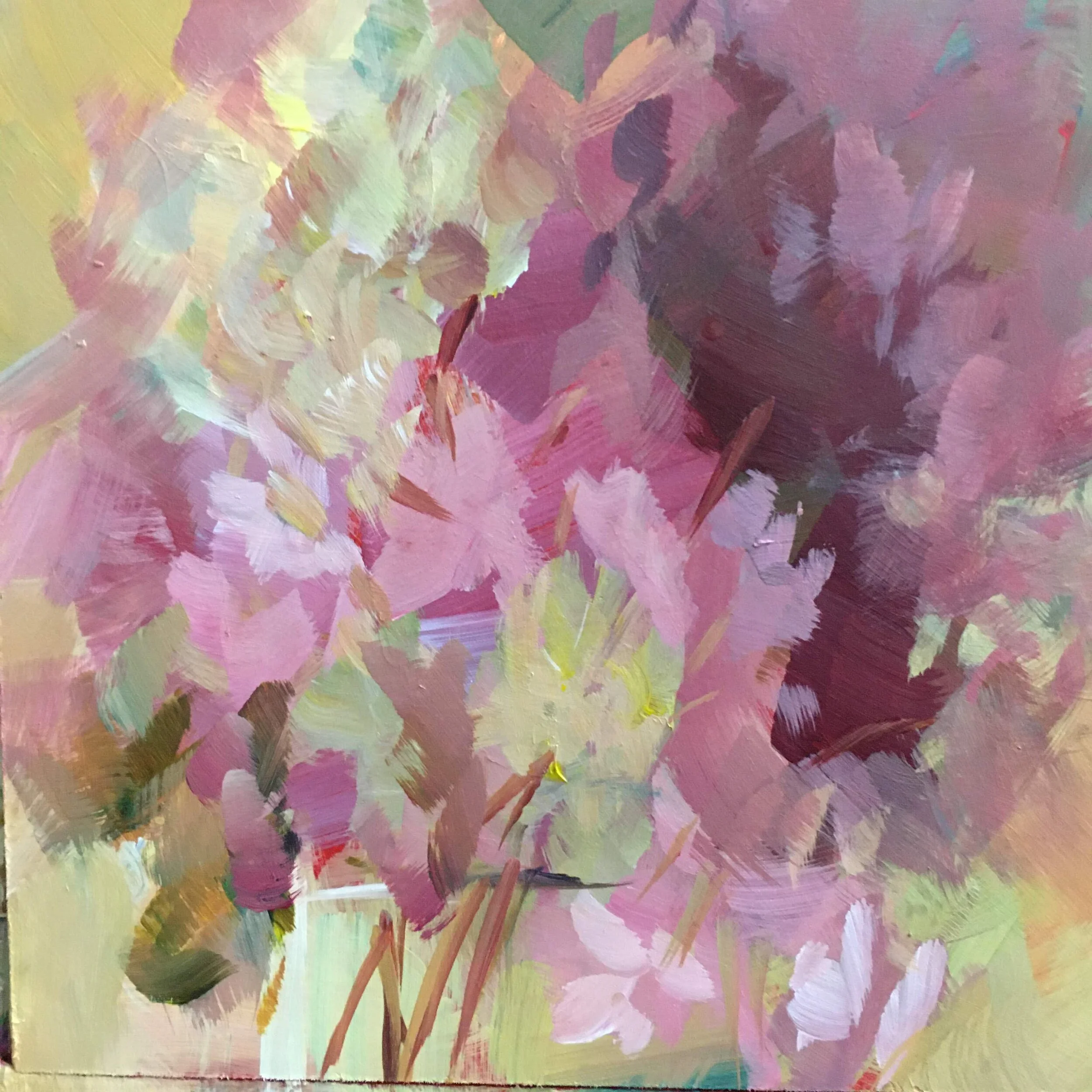Live the questions now.
-Rilke
Iteration, or: Try, Try Again
Working in a series means more than creating final work. It means investigation, variation, stretching, looking, again and again.
look again
then look again
We bathe in the illusion of perfection. A touch of the keyboard brings videos, museum pieces, curated images: a tsunami of ideals. In fact, none of these arrived without effort. Like the feet of the duck, paddling madly under the water, every creator works hours, days, years to craft their art. I tell my students, great artists had trash cans too. We just never see what’s in them.
For most of February I struggled with tulips. The glow of their petals. The complexity of their leaves. Check out this time-line - just a fraction of the attempts. Notice how my attention traveled: from the simple fact, to color mixing, to the shape and volume, to the sheer glow. I’m not satisfied yet. Something explosive and colorful is coming. More work to do.







If you’ve been struggling with an idea, an image, take moment and read this. Successes like Dyson and Pixar go through thousands of iterations.. So have faith. Try again.
Using bits of time
One way to make mess-free art when all you have is a tiny space and little time.
Small art
for tiny moments
“If you love life, do not waste time, for that is what life is made of.” — Ben Franklin
Yesterday I had to be indoors, gallery-sitting at the Loading Dock Gallery. The holiday weekend, plus a stunning summer day, ensured a quiet day. However, with time to work, I needed to greet any customers who dropped by. How to create focus that I could interrupt? How to make art in a tiny space, with fragments of time?
Answer: Tidy materials. Small scale.
I packed blue tape, markers, a water brush, and a Koi Watercolor set. I also grabbed a small mixed media sketchbook and my waterbottle. Once settled into the gallery, I taped a page off into four squares . This gave me four tiny “canvases,” each about 1.25 on a side. With little water and a paper towel handy, I was off to my imaginary landscapes.
Blue tape
produces a crisp frame. Remember: paint to the edge for the best results. Judge your colors by each other, not the tape.
With the landscapes, I explored different horizon treatments and palettes. The Koi pigments tend to be very bright. It’s a challenge to create a more subtle mood.
Then, customers appeared. For most of an hour, I was making conversation and closing sales. During brief break, I removed the tape and washed my brush. More customers; some longer conversations. A little sale.
Finally, a quiet spell. I taped up a new page, this time with a better eye for results, locating the squares closer to the center of the page. I looked around the gallery for inspiration. On the wall opposite, city scenes by Wendy James. That was a new challenge.
Small size
reveals the composition. Simplify colors into clear blocks. As you paint, notice which details are essential, and which can drop away.
Turns out cities are harder for me: less familiar and more rigorous. The first and last images were stronger because I borrowed from James’ paintings. She’d already done the hard work, simplifying shapes, choosing colors, and organizing them into a compelling composition. Tip 1: learn from artists you admire.
My other two images are more muddled because I was working from photographs. I was working out too much at once - detail, color, placement -so the whole got muddled. Tip 2: Make value/composition studies first.. Next time!
Still, it felt good to paint, to ask these questions and get some answers in between the public work of selling.
Do you have a kit you use in public spaces? Do you sketch on the train? Paint during your lunch hour? How do you fit art into the small spaces of everyday life?
Sketchbook dreams
After a day in the studio, moving furniture and supplies, starting new work, I sat down, tired, with my sketchbook and some old supplies:
catch ideas
The creative mind sprouts ideas like a plant sprouts leaves. The artist must simultaneously play plant and gardener.
Art is like a garden. Keep it growing. Prune to prevent legginess. Reach wildly. Seek structure to support growth. Sink your roots. Drink deep from inspiration. Fertilize wisely.
Pull up the weeds. Give away what’s dusty. Scribble during the smallest scraps of time to scribble. You might be surprised what your sketchbook has to say.
Sign up for art tips and studio news:




















